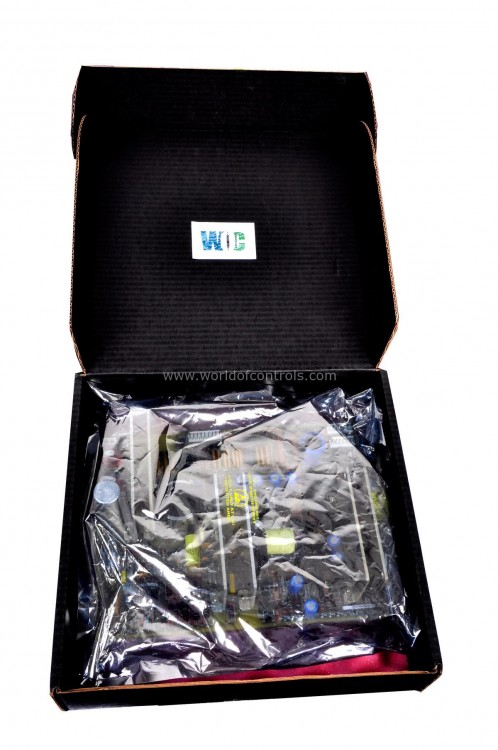
World Of Controls understands the criticality of your requirement and works towards reducing the lead time as much as possible.
DS200TCCAF1ACE - GE Software EPROM is available in stock which ships the same day.
DS200TCCAF1ACE - GE Software EPROM comes in UNUSED as well as REBUILT condition.
To avail our best deals for DS200TCCAF1ACE - GE Software EPROM, contact us and we will get back to you within 24 hours.
Part Number: DS200TCCAF1ACE
Manufacturer: General Electric
Series: Mark V
Product type: GE Software EPROM
Availability: In Stock
Country of Manufacture: United States (USA)
DS200TCCAF1ACE is a GE Software EPROM designed and developed by GE. It is a part of the Mark V control system. The Mark V provides operators with instant access to essential control functions, extensive monitoring capabilities, and a multitude of built-in features that proactively safeguard the turbine-generator against a range of irregular operating conditions, including overspeed, oil loss, and overheating.
Master Trip Circuit is a fundamental component of the Mark V control system, responsible for safeguarding the turbine during its operation. This circuit comprises two primary parts: the inputs to the Mark V and the outputs from the Mark V. Let's delve into the intricate details of the Master Trip Circuit to understand its functionality:
WOC is available 24x7 to assist you with any of your General Electric requirements. Please contact us by phone or email for pricing and availability on GE, Bently Nevada or Woodward parts and repairs.
What is DS200TCCAF1ACE?
It is a GE Software EPROM designed and developed by GE
What happens when external trip signals are received, and how does it impact the circuit?
When external trip signals are received, the 4's trip circuit and voting contacts circuit are de-energized. This, in turn, de-energizes the internal 24 V dc protective bus, leading to subsequent actions for turbine protection.
What are the components of the output portion of the Trip Circuit, and what is their role?
The output portion of the circuit relies on the 24 V dc protective bus, which powers components such as Primary Trip Relays (PTRs), Emergency Trip Relays (ETRs), and other relays. These components interface with the turbine trip solenoids and play a pivotal role in controlling the turbine's trip functions.
Is the tripping process in the Master Trip Circuit dependent on processors?
No, the tripping process in the Master Trip Circuit is independent of any processors. While microprocessors on protection boards monitor the status of the hardwired or remote trip inputs, the actual tripping mechanism operates autonomously, ensuring rapid and reliable turbine protection.
What is the significance of the Master Trip Circuit in turbine safety and control?
The Master Trip Circuit is a critical safety mechanism in the Mark V control system, ensuring that the turbine remains safe during operation. Its fail-safe design and independent tripping mechanism guarantee the safety and reliability of the entire system.